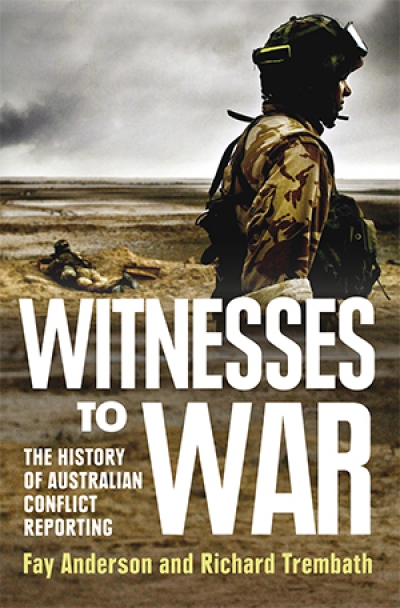Witnesses to War, an ambitious book, is part of a larger project by the C.E.W. Bean Foundation to commemorate the work of Australian war correspondents. Fay Anderson and Richard Trembath, setting out to document the performance of Australian war correspondents, have tackled complex material. They deal with an enormous cast of characters and various interwoven themes, including the struggle against military censorship, how journalists have observed their duty to neutral coverage (or not), and the changing technology of reporting war – from sending stories by carrier pigeon or steamship in World War I to today’s live telecasts by journalists direct from battlefields in Iraq and Afghanistan. The book fills an important gap. Until now, Phillip Knightley’s more general work, The First Casualty: The War Correspondent as Hero and Myth-Maker (1975, 2004), has served as the final authority in this field. Knightley is a patron of the Foundation and an important influence.
...
(read more)


